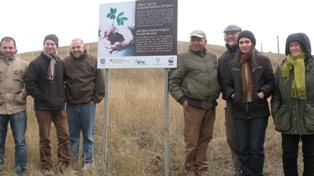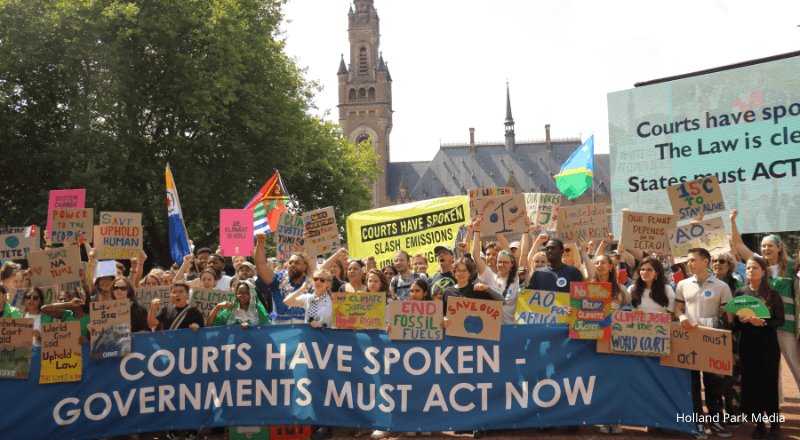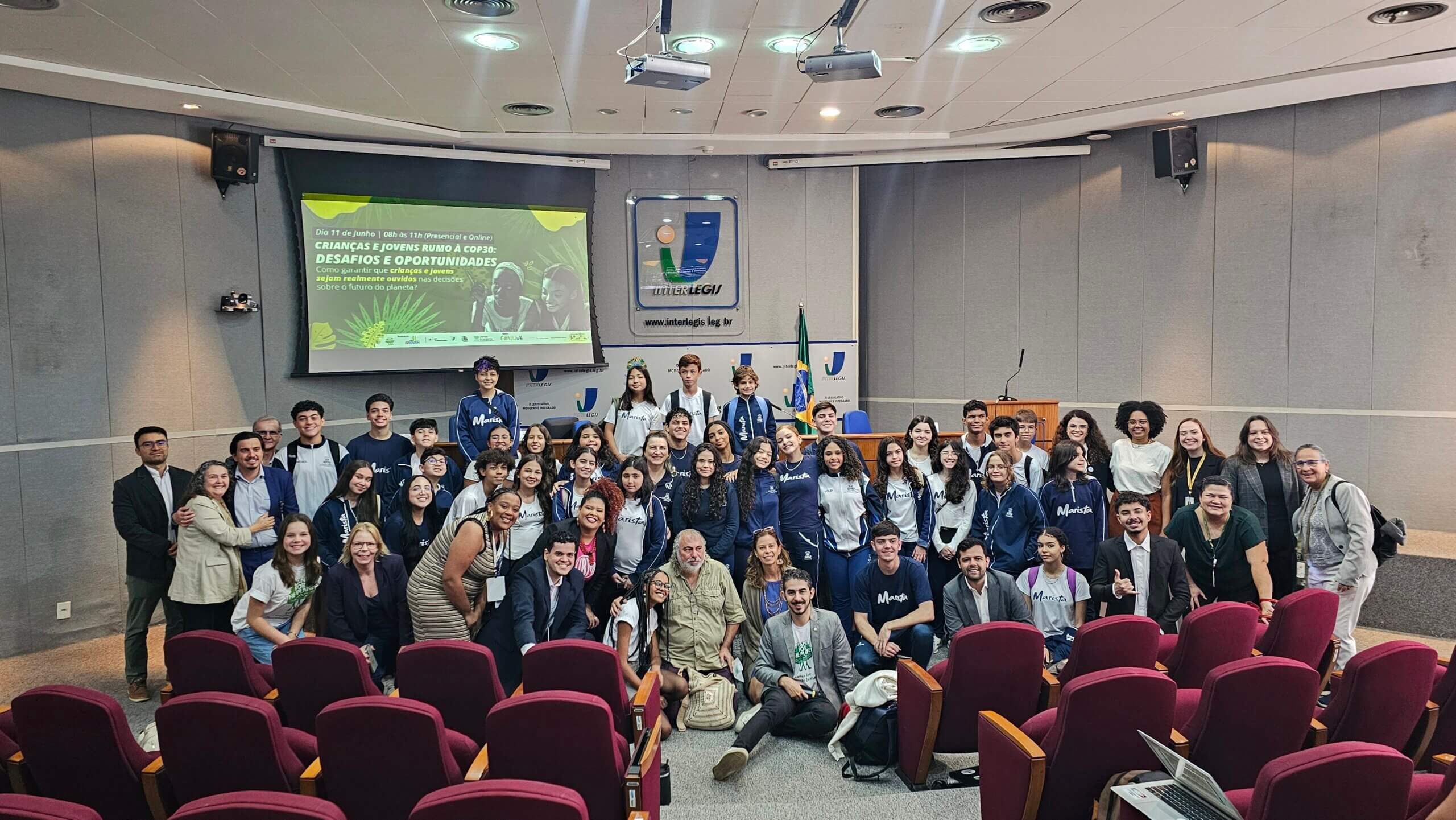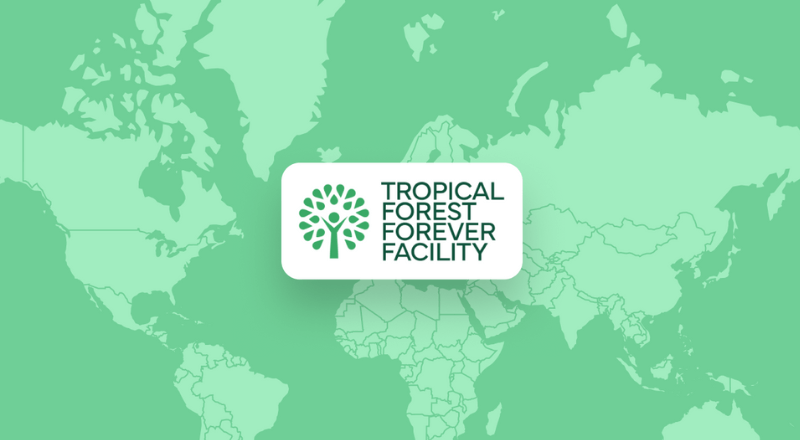
 YEREVAN–Heavy snow and rapidly decreasing temperatures presented an added challenge to Armenia Tree Project (ATP) programs this fall. Despite a temporary delay in northern Armenia until the weather cleared, ATP was able to plant a total of 87,143 trees this season. The total number of trees planted by ATP in 2011 was 246,397.
YEREVAN–Heavy snow and rapidly decreasing temperatures presented an added challenge to Armenia Tree Project (ATP) programs this fall. Despite a temporary delay in northern Armenia until the weather cleared, ATP was able to plant a total of 87,143 trees this season. The total number of trees planted by ATP in 2011 was 246,397.
“The unpredictable weather conditions forced ATP to finish planting relatively early this fall. However, even during this short period, ATP had significant achievements in its tree planting programs,” notes ATP Forestry Services Manager Ani Haykuni.
This year, ATP’s SEEDS program (Social, Environmental, and Economic Development for Sustainability) has been maintaining previously planted sites to improve survival rates by clearing grass around thousands of seedlings that survived their first growing season and planting new trees.
A total of 62,728 trees were planted this fall on community lands in Tsaghkaber and Jrashen in the Lori region. In spring, the SEEDS program planted 124,057 tree seedlings.
“The challenges we faced this fall have mainly been related to weather. On the other hand, we experienced significant improvements in the quality and care shown by our seasonal work force,” states SEEDS program manager Vardan Melikyan. “Since we have a group of workers who have been with ATP for several planting seasons, they fully grasp the standards of quality required by ATP in order to ensure the best results. Nevertheless, we constantly monitor the quality of work to make sure that everything meets the highest standards of quality.”
“The goal of our programs is not only to plant individual trees but also to support further development of planted areas as ecosystems. In a few decades, those planted areas will become community parks and forests, and will hopefully meet the needs of local residents in promoting community development. I believe the contribution of ATP to social, economic, and environmental sustainability in Armenia will be appreciated by future generations,” adds Haykuni.
The seedlings for ATP’s reforestation programs were grown in the John and Artemis Mirak Nursery in Margahovit Village and in Backyard Nurseries in the Getik River Valley. The Backyard Nursery Micro-Enterprise Program has been one of ATP’s poverty reduction initiatives since 2004.
“In addition to large-scale reforestation, ATP has worked with local partners to create small ‘community forests.’ Villages that are located far from forested areas are being given attention in this program, since they are in need of green spaces,” explains Melikyan. The SEEDS program provided 5,860 trees for community forests this fall, and plans to provide additional seedlings next year to Teghenik and Karenis in the Kotayk region.
ATP’s flagship Community Tree Planting (CTP) program has also successfully finished its fall activities. A total of 24,415 fruit and decorative trees were planted this season, in addition to 35,197 planted in the spring. New communities that partnered with ATP this fall include the villages of Ptghunk, Agarak, Saralanj, Dzorap, and Ferik.
Fruit trees have been provided for the rural communities of Aknaghbyur, Teghenik, and Vardenut to restore orchards and backyards of poor rural families. In addition, fruit trees were provided to the Fuller Center for Housing in order to support the program’s beneficiaries in the Aragatsotn and Lori regions. The total harvest of fruit from ATP trees was 231,022 pounds from more than 200 community plantings sites. Varieties included apricot, cherry, wild apple, peach, and pear.
ATP’s mission is to assist the Armenian people in using trees to improve their standard of living and protect the environment, guided by the need to promote self-sufficiency, aid those with the fewest resources first, and conserve the indigenous ecosystem. ATP’s three major programs are tree planting, environmental education, and sustainable development initiatives. For more information about ATP, please visit the web site www.armeniatree.org.


















